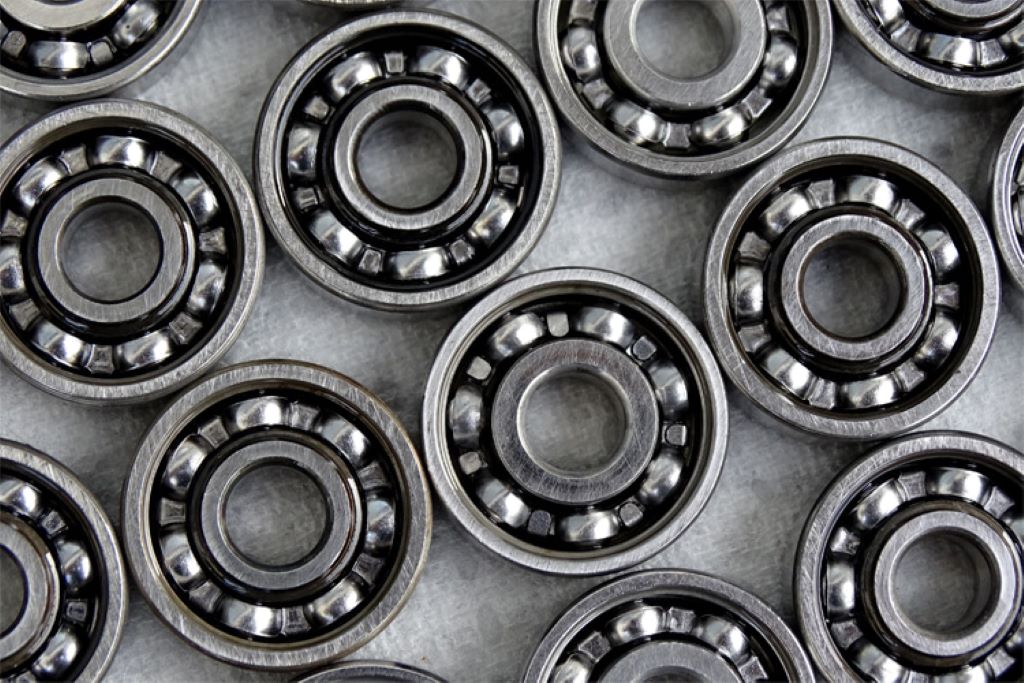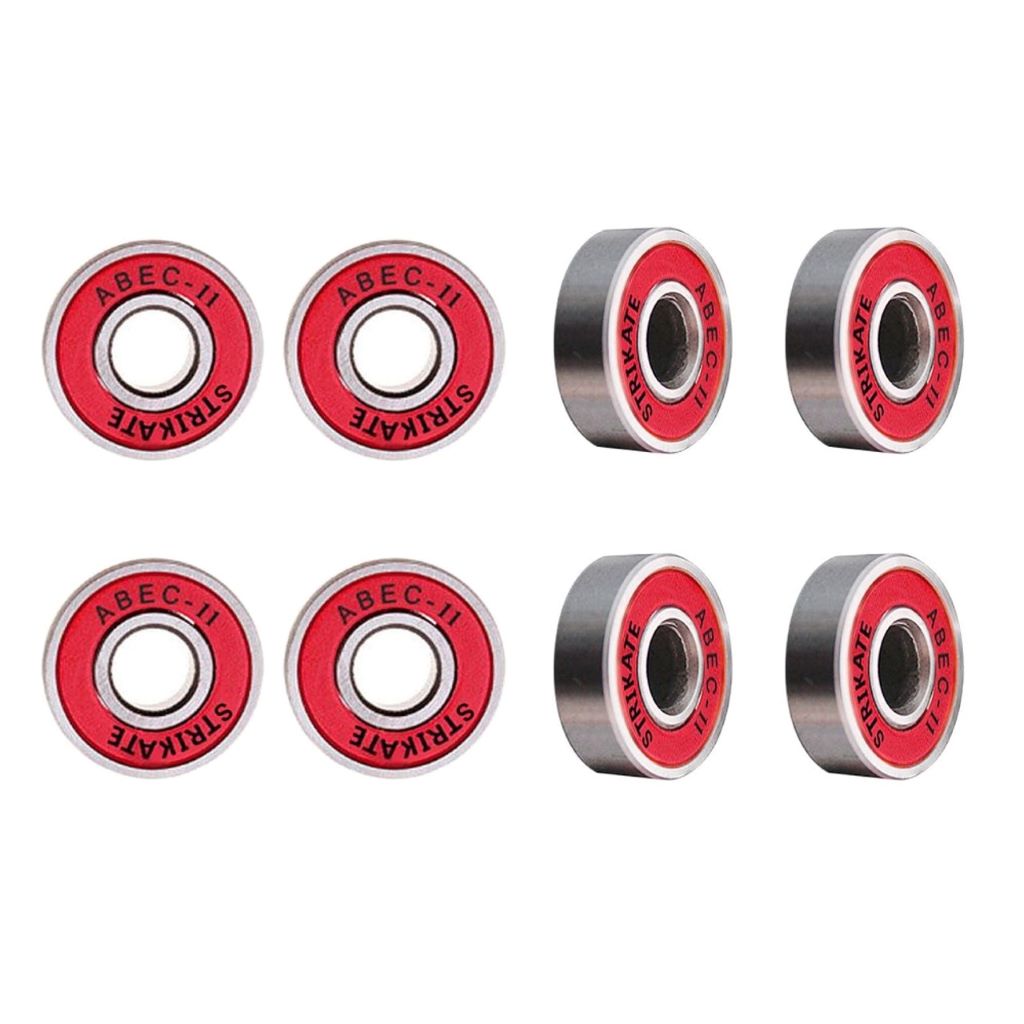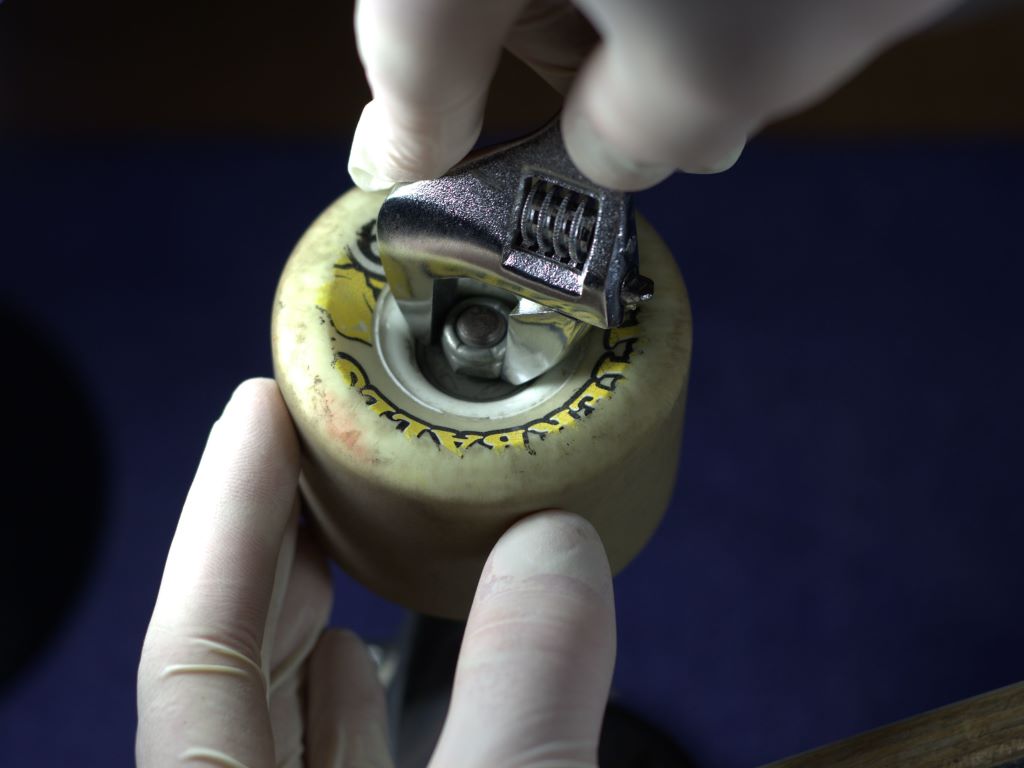Skateboard bearing might seem like small, unassuming components, but it play a crucial role in your ride’s performance and overall enjoyment. Whether you’re a seasoned skater or a beginner, understanding how bearings work and how to choose the right ones can significantly enhance your skateboarding experience. Let’s dive into the most common questions surrounding skateboard bearings.
1. What is Skateboard Bearing and How Does it Work?
Skateboard bearings are small, round metal devices housed within your wheels. They consist of an inner and outer race, balls (usually made of steel or ceramic), and a cage that holds the balls in place. When you push off, the bearings allow the wheels to spin smoothly and efficiently by reducing friction between the axle and the wheel core. This translates to a faster, smoother, and more enjoyable ride.
2. What are the Different Types of Skateboard Bearing?
The primary types of skateboard bearings are:
- Steel: The most common and affordable type, offering a good balance of durability and performance.
- Ceramic: More expensive than steel, but known for their increased speed, lighter weight, and corrosion resistance.
- Swiss: Renowned for their precision and quality, often considered the top tier of skateboard bearings.
3. What Does ABEC Rating Mean?
ABEC (Annular Bearing Engineering Committee) ratings are a measure of precision in manufacturing. Bearings are rated on a scale of 1, 3, 5, 7, and 9, with higher numbers indicating greater precision. However, ABEC ratings don’t directly translate to skateboard performance. While higher-rated bearings might be smoother, factors like material quality, lubrication, and overall design play a more significant role in how well they perform on a skateboard.
4. How Do I Choose the Right Skateboard Bearings?
Consider the following factors when choosing bearings:
- Skill level: Beginners might not notice the difference between basic and high-end bearings. As you progress, investing in higher-quality options can enhance your experience.
- Budget: Bearings range in price, so determine what you’re comfortable spending.
- Type of skating: Different styles of skating might prioritize speed (e.g., downhill) or durability (e.g., street skating), which can influence your choice.
- Personal preference: Some skaters prefer the feel of steel, while others favor the speed of ceramics. Try different types to see what you like best.
5. How Do I Maintain Skateboard Bearings?

Regular maintenance can extend the lifespan of your bearings:
- Clean: Remove the bearings from your wheels and clean them with a bearing cleaner or isopropyl alcohol to remove dirt and debris.
- Lubricate: Apply a few drops of bearing oil or lubricant to the inner and outer races. Avoid over-lubricating, as this can attract dirt.
- Inspect: Check for signs of wear, such as rust, dents, or roughness. Replace any damaged bearings.
6. How Often Should I Replace My Skateboard Bearing?
The lifespan of bearings varies depending on usage, maintenance, and quality. Generally, you’ll want to replace them when they start to feel rough, noisy, or slow down your ride. This could be anywhere from a few months to a year or more.
7. Can I Use Different Brands of Bearings on the Same Skateboard?
Yes, you can use different brands of bearings on the same skateboard. As long as they’re the standard 608 size, they should fit. However, for optimal performance, it’s recommended to use the same brand and model for all four wheels.
Related: Skateboard Hardware Issues: Common Problems and Fixes
8. What’s the Difference Between Spacers and Speed Rings?
- Spacers: Small metal cylinders that sit between the bearings inside the wheel. They help distribute pressure evenly and prevent the bearings from getting crushed.
- Speed rings Thin washers that sit on the outside of the bearings. They reduce friction between the bearing and the axle nut, allowing for smoother spins.
9. Does the Skateboard Bearing Need to Be Broken?
While some bearings might feel a little stiff out of the package, they don’t typically require a “break-in” period. If you feel any resistance, a few drops of lubricant can help them spin freely.
Related: Safety First: Ensuring Proper Grip Tape for Your Skateboard
10. Are Ceramic Bearings Worth the Extra Cost?
Whether ceramic bearings are worth the extra cost depends on your individual needs and priorities. They offer advantages like increased speed, lighter weight, and corrosion resistance. However, steel bearings are more affordable and still offer excellent performance for most skaters.
Hopefully, this FAQ has shed some light on the world of skateboard bearings. Remember, choosing and maintaining the right bearings can significantly impact your skateboarding experience. So, invest some time in research and experimentation to find what works best for you, and enjoy the ride!




